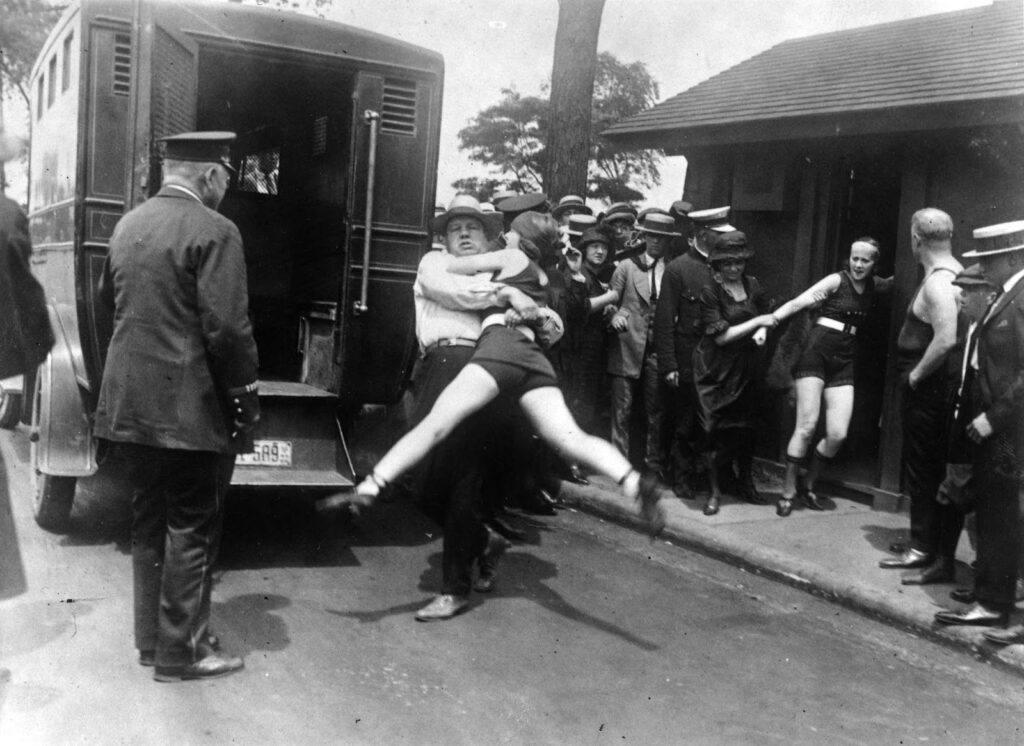
Wearing what would seem to us like quite conservative swimwear today, the women were being detained for violating a restriction on public wearing of their ‘short swimsuits’.
Early in the 1900s, modesty rules were quite rigid and mandated that most women wear stockings in addition to long one-piece clothing.
The mayor of Atlantic mayor, New Jersey barred even the males without shirts from the beaches since it did not want “gorillas on our beaches”.
Swimming evolved throughout this period from being more about joy than health. Early in the 1900s, women’s swimming suits were heavy with high necks, long sleeves, skirts, and pants.
Many times they were composed of wool. Legal bans on the one-piece bathing suit brought to public notice by swimmer, vaudeville, and movie star Annette Kellerman occurred in some places of the United States.
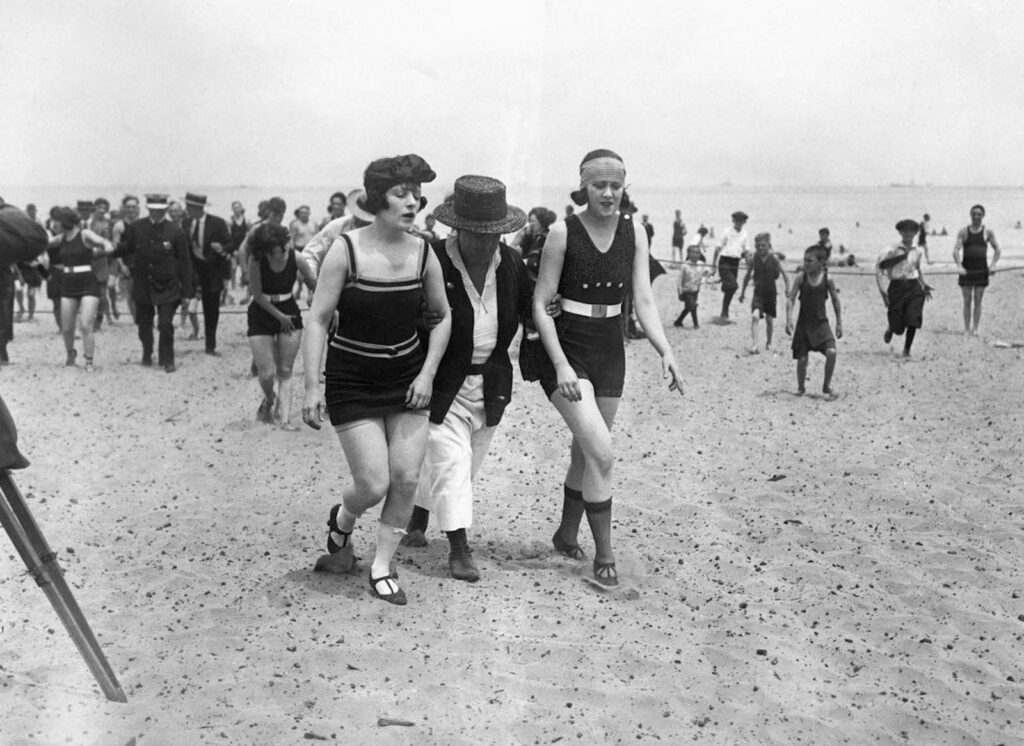
Kellerman, who had adopted a costume from England, comparable to men’s swimsuits of the period, was detained on a Boston beach in 1908 for indecent exposure since her swimsuit displayed arms, legs, and the neck.
Kellerman modified the costume to have a collar and extended arms and legs, but maintaining the snug fit that highlighted the forms beneath.
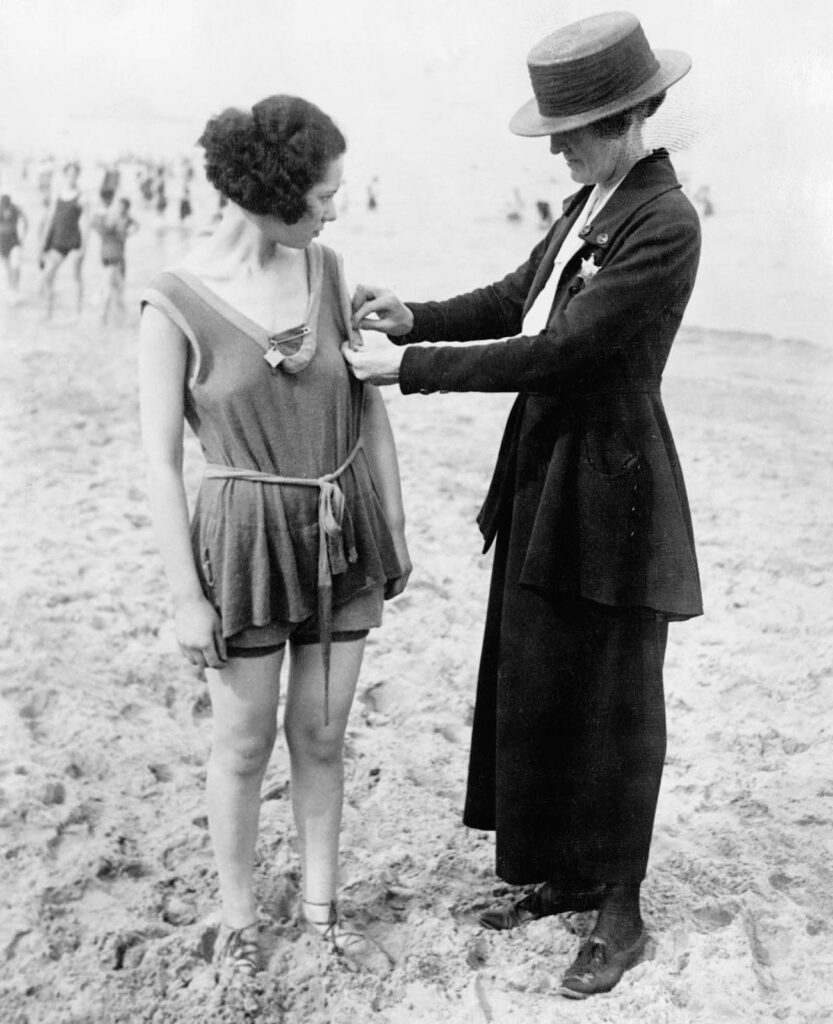
The form-fitting approach proved popular despite criticism from some groups. Swimwear began to shrink even further not long ago. Arms were first seen; later, legs up to mid-thigh.
Necklines dropped from about the neck down to roughly the top of the bosom. New fabrics let for new kinds of more practical and comfortable swimwear.
Women’s swimwear’s necklines sank in the back by the 1930s, sleeves vanished, and sides were tightened and chopped away.
As new fabrics—especially latex and nylon—developed throughout the 1930s swimsuits started hugging the body with shoulder straps that could be dropped for sunbathing.
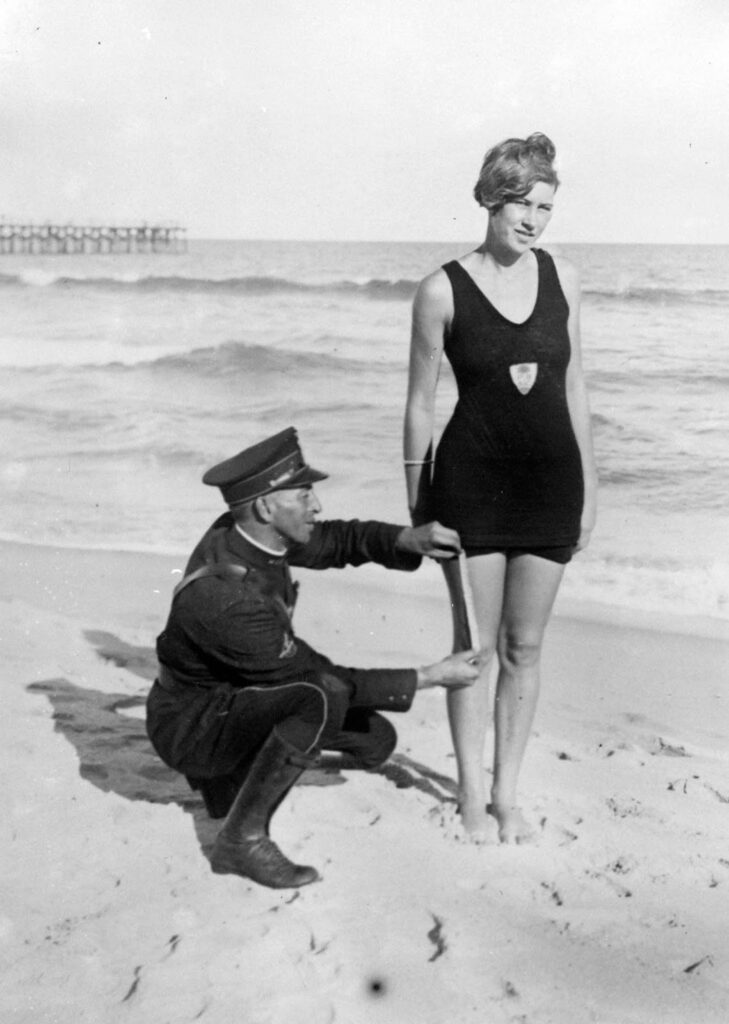
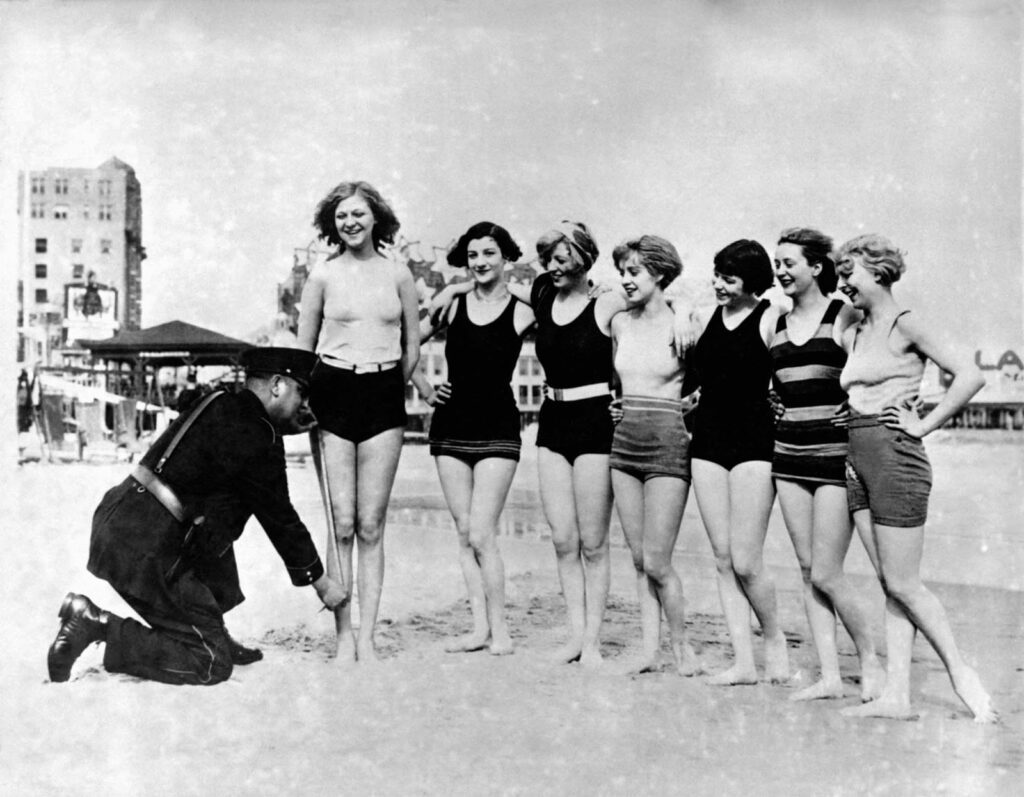

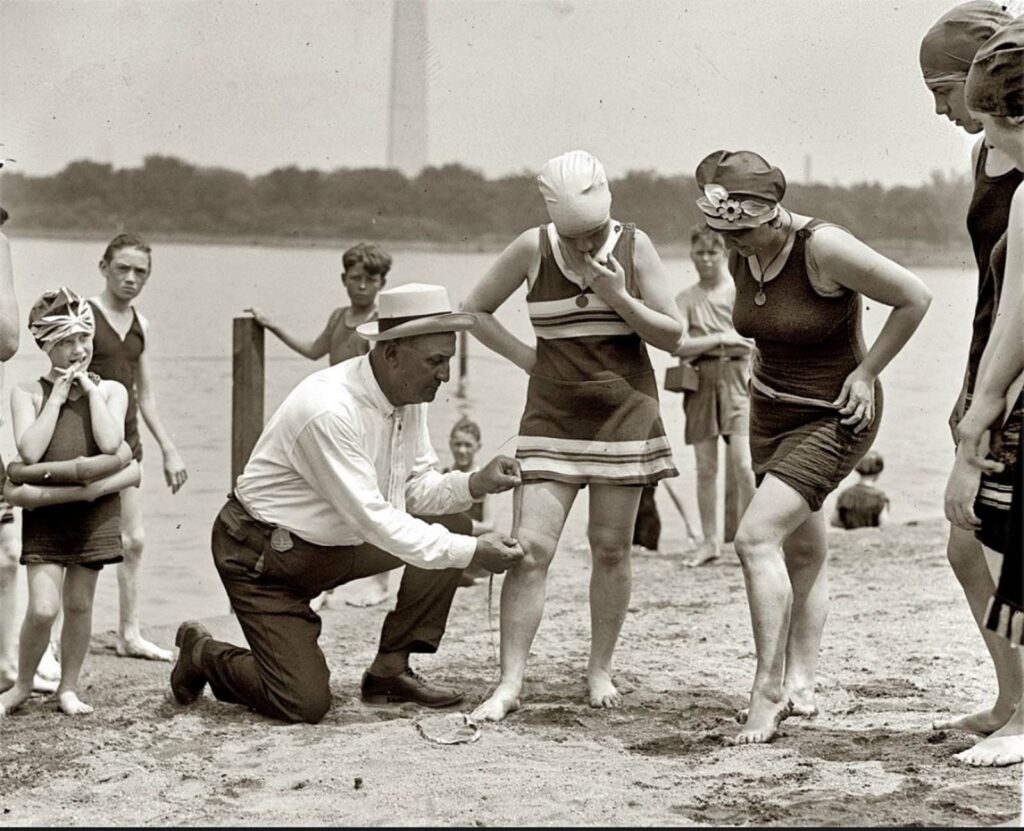
(Photo credit: Library of Congress).


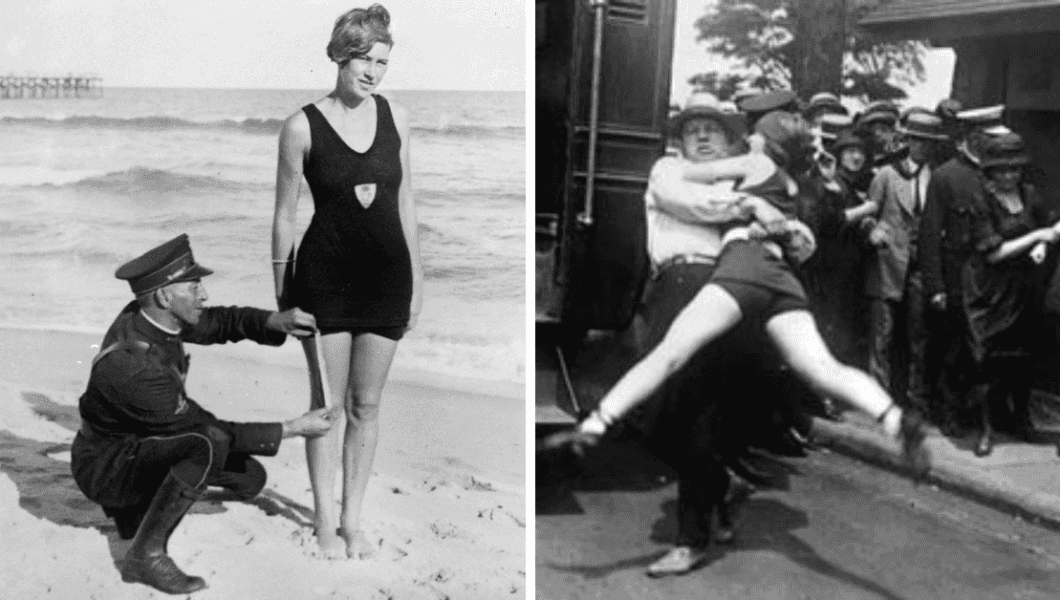

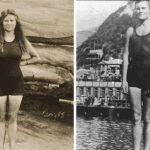
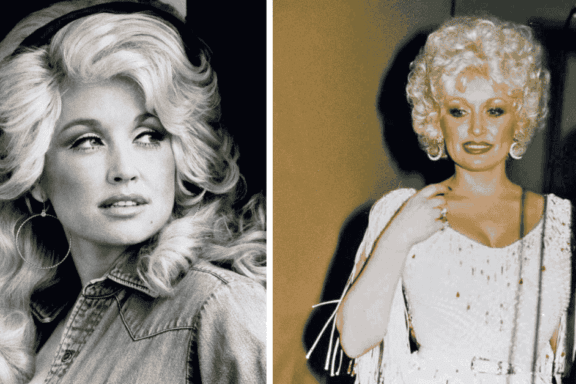

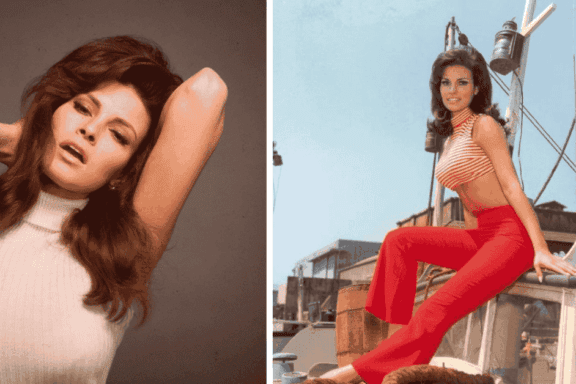
No Comments